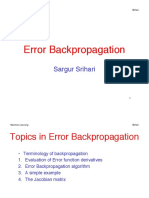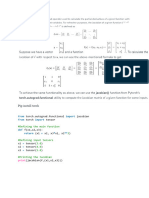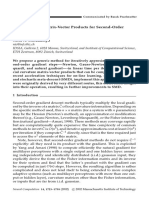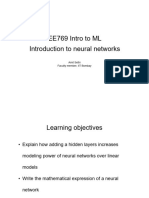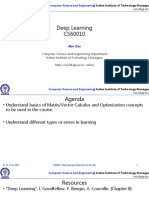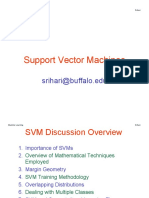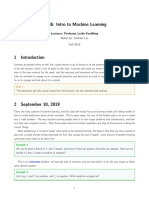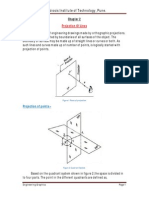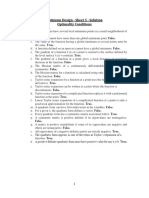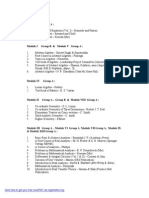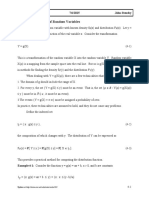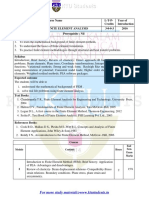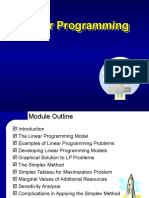0% found this document useful (0 votes)
196 views12 pagesHessian Matrix in Neural Networks
The document discusses the Hessian matrix and its role in machine learning. It defines the gradient and Hessian, and describes how backpropagation can be used to compute the Hessian. It then outlines several methods for evaluating the Hessian matrix, including diagonal approximation, outer product approximation, and exact evaluation using backpropagation.
Uploaded by
SuvijCopyright
© © All Rights Reserved
We take content rights seriously. If you suspect this is your content, claim it here.
Available Formats
Download as PDF, TXT or read online on Scribd
0% found this document useful (0 votes)
196 views12 pagesHessian Matrix in Neural Networks
The document discusses the Hessian matrix and its role in machine learning. It defines the gradient and Hessian, and describes how backpropagation can be used to compute the Hessian. It then outlines several methods for evaluating the Hessian matrix, including diagonal approximation, outer product approximation, and exact evaluation using backpropagation.
Uploaded by
SuvijCopyright
© © All Rights Reserved
We take content rights seriously. If you suspect this is your content, claim it here.
Available Formats
Download as PDF, TXT or read online on Scribd
/ 12




